Growing Camassia Leichtlinii: Tips and Tricks for Cultivating this Striking Native Plant
Camassia Leichtlinii, commonly known as Leichtlin’s camas, is a breathtaking native plant that can add beauty and charm to any garden or landscape. With its tall stalks adorned with clusters of vibrant blue flowers, Camassia Leichtlinii has become a popular choice among gardening enthusiasts. In this comprehensive guide, we will share valuable tips and tricks to help you successfully cultivate this striking native plant and create a thriving garden.
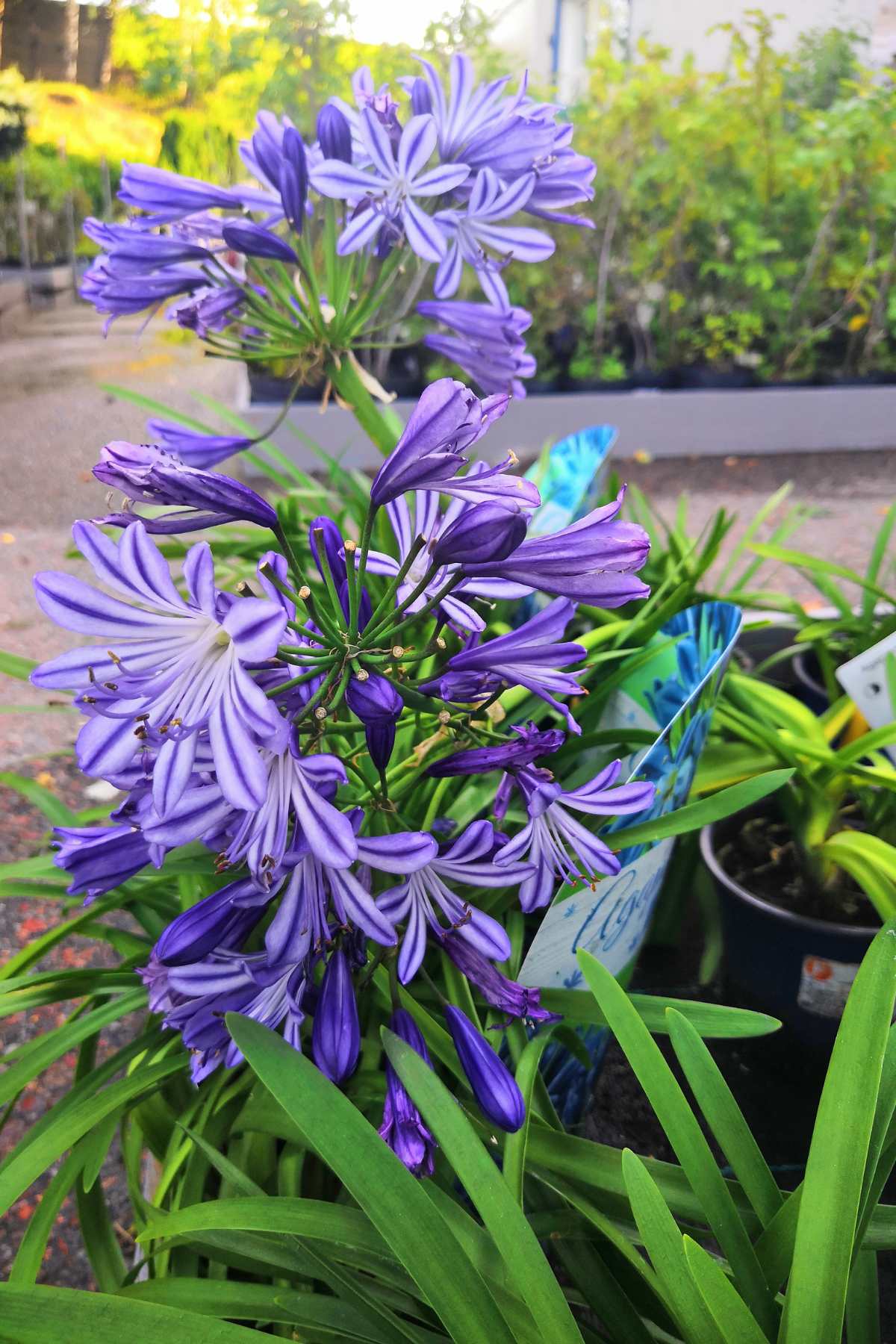
Understanding Camassia Leichtlinii
What Makes Camassia Leichtlinii Unique?
Camassia Leichtlinii is a perennial plant that belongs to the lily family. It is native to western North America and is particularly prevalent in regions with moist, well-drained soil. One of the remarkable features of Camassia Leichtlinii is its striking blue flowers, which bloom atop tall stems in late spring or early summer. These beautiful blossoms attract pollinators such as bees and butterflies, making it an excellent addition to any pollinator-friendly garden.
Choosing the Right Location
To ensure the optimal growth of Camassia Leichtlinii, it is crucial to select the right location for planting. This native plant thrives in full sun to partial shade conditions. Aim to find an area in your garden that receives at least six hours of direct sunlight per day. Additionally, ensure that the soil is well-drained and moderately moist. Avoid waterlogged areas, as excessive moisture can lead to root rot and other issues.
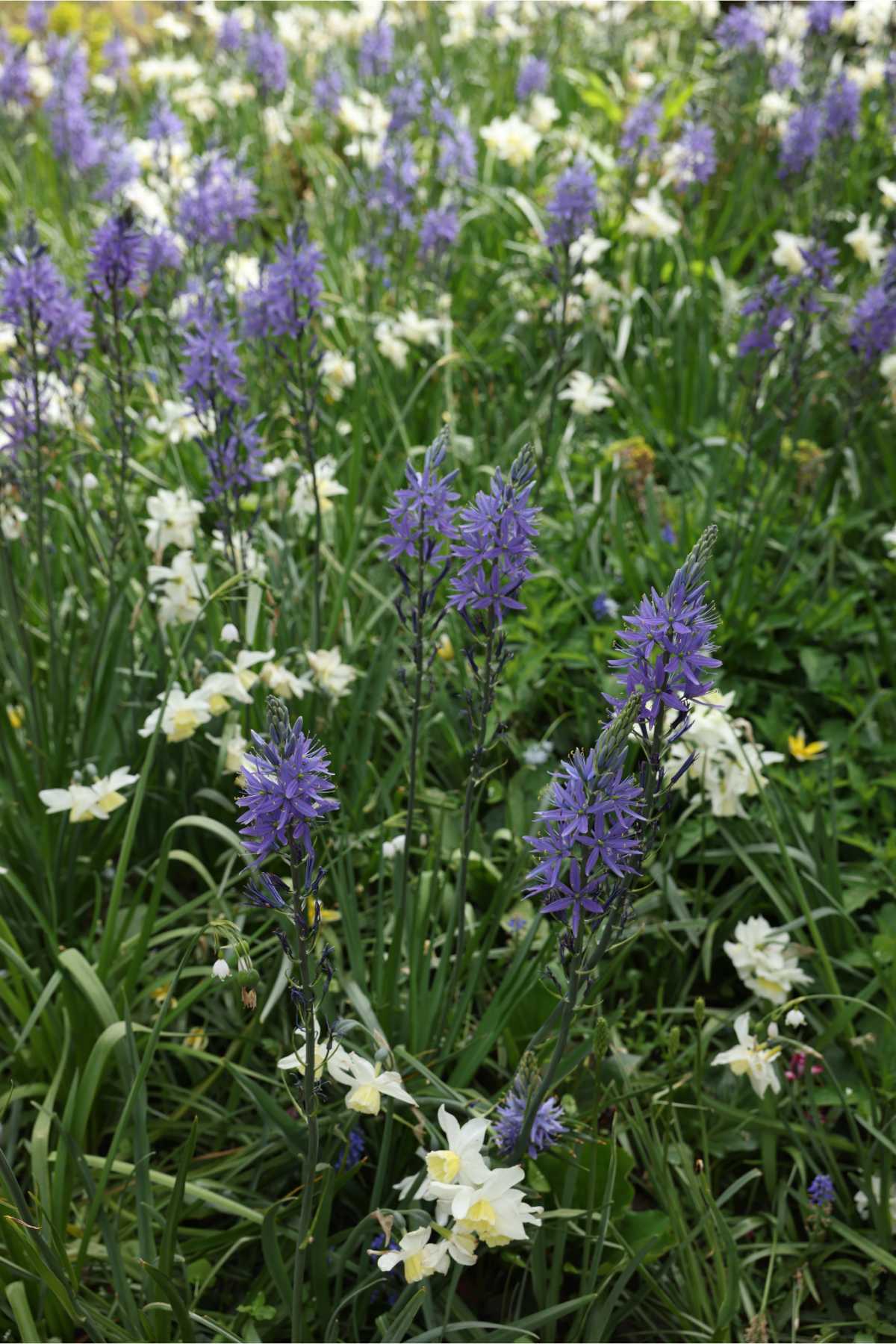
Preparing the Soil
Before planting Camassia, it’s essential to prepare the soil adequately. This native plant prefers loamy or sandy soil with a slightly acidic to neutral pH level. Incorporate organic matter such as compost or well-rotted manure into the soil to improve its fertility and drainage. It is advisable to perform a soil test to determine the pH level and nutrient content of your soil. Adjustments can be made accordingly to create an ideal growing environment for your Camassia Leichtlinii.
Planting Camassia Leichtlinii
Selecting Healthy Bulbs
When purchasing Camassia Leichtlinii bulbs, choose large, firm bulbs that are free from mold or signs of damage. Healthy bulbs are essential for the successful establishment of your plants. If you’re unsure about the quality of the bulbs, consult with a reputable nursery or gardening expert for guidance.
Timing is Key
Planting Camassia Leichtlinii bulbs at the right time is crucial for their growth and development. The best time to plant these bulbs is in the fall, ideally six to eight weeks before the first frost date. This allows the bulbs to establish their root system before the onset of winter. However, if you miss the fall planting window, spring planting is also an option.
Planting Depth and Spacing
To ensure optimal growth, it is important to plant Camassia Leichtlinii bulbs at the appropriate depth and spacing. Dig holes that are approximately 4 to 6 inches deep, with a spacing of 4 to 6 inches between each bulb. Place the bulbs in the holes with the pointed ends facing upwards and cover them with soil. Gently firm the soil around the bulbs to eliminate air pockets.
Caring for Camassia Leichtlinii
Watering and Moisture Requirements
Camassia Leichtlinii prefers moderately moist soil, so it’s important to water it regularly during its active growth period. However, avoid overwatering, as excessive moisture can lead to bulb rot. Monitor the soil moisture levels and aim to keep the soil consistently moist but not waterlogged. During dry spells, provide supplemental irrigation to ensure the plants receive adequate hydration.
Mulching for Moisture Retention
Applying a layer of organic mulch around the base of your Camassia Leichtlinii plants can help retain moisture, suppress weed growth, and regulate soil temperature. Use materials such as wood chips, straw, or shredded bark, and spread the mulch evenly but avoid piling it against the stems to prevent rotting.
Fertilizing Needs
Camassia Leichtlinii generally does not require heavy fertilization. However, incorporating a balanced, slow-release fertilizer into the soil during planting can provide the necessary nutrients for healthy growth. Follow the manufacturer’s instructions for the appropriate application rate. Additionally, top-dressing with compost or well-rotted manure in the spring can help replenish the soil’s organic matter content.
Pest and Disease Management
Common Pests
Camassia Leichtlinii is relatively resistant to pests and diseases. However, some common pests that may occasionally cause issues include slugs, snails, and aphids. Monitor your plants regularly and take appropriate action if you notice any pest infestations. Organic pest control methods such as handpicking, using barriers, or applying natural repellents can be effective in managing these pests.
Disease Prevention
To prevent diseases, it’s crucial to provide proper plant care and maintain good garden hygiene. Ensure adequate air circulation around the plants by avoiding overcrowding. Remove and dispose of any diseased plant material promptly to prevent the spread of pathogens. If necessary, consult with a local horticulturist or plant disease specialist for specific advice on disease management.
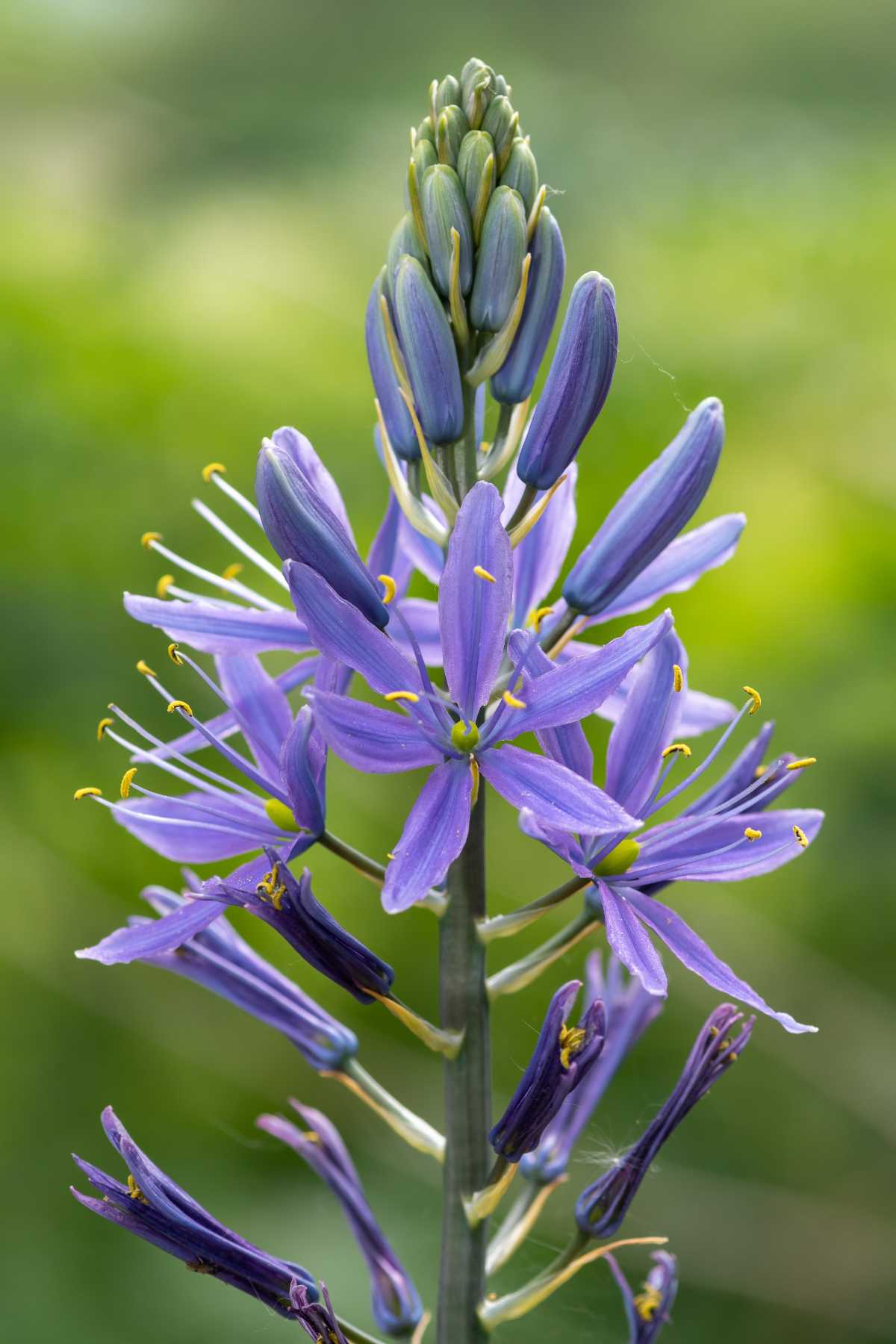
Camassia Leichtlinii is a captivating native plant that can elevate the beauty of your garden. By following the tips and tricks outlined in this guide, you can cultivate this striking plant successfully and create a flourishing garden filled with vibrant blue flowers. Remember to choose the right location, prepare the soil adequately, plant the bulbs at the appropriate depth and spacing, and provide proper care throughout their growth.




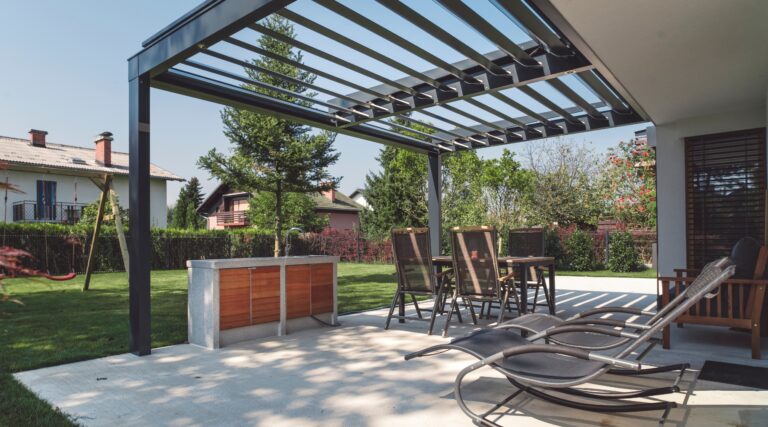
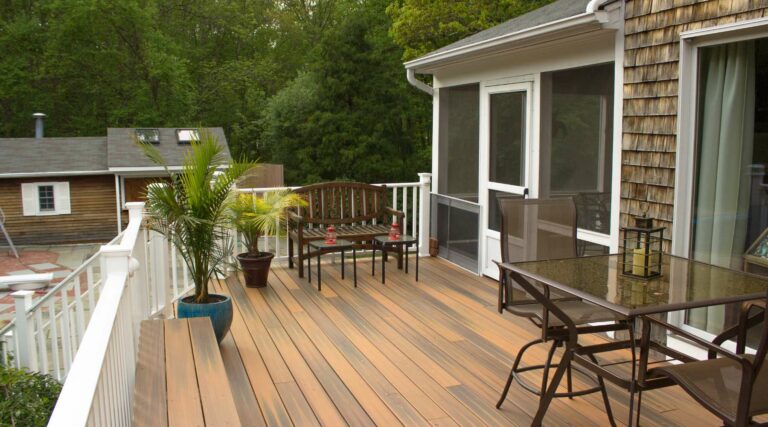
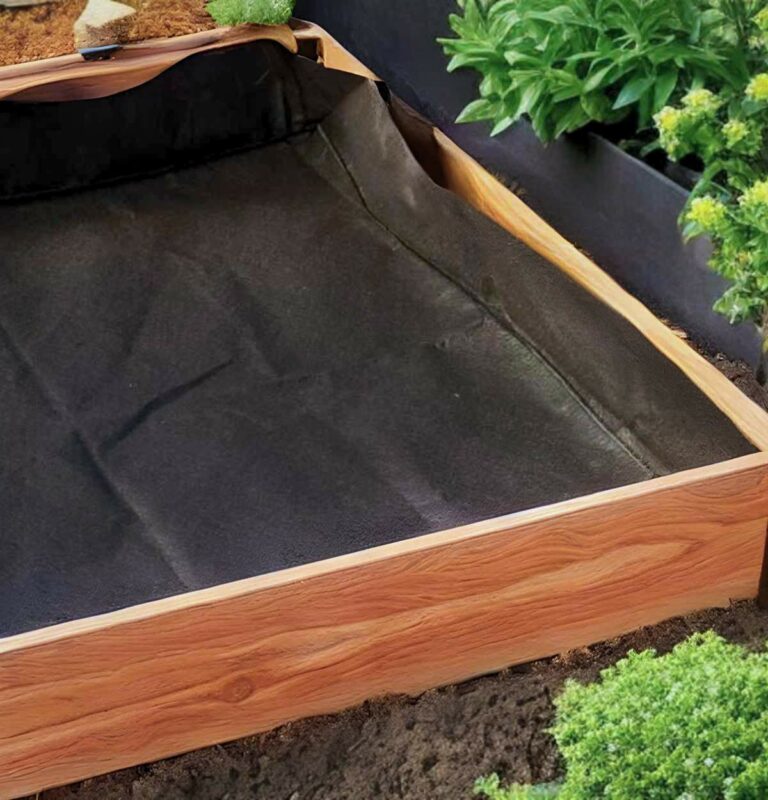
Pretty nice post. I simply stumbled upon your blog
and wished to say that I have truly enjoyed surfing
around your weblog posts. After all I’ll be subscribing on your feed and
I am hoping you write once more very soon!